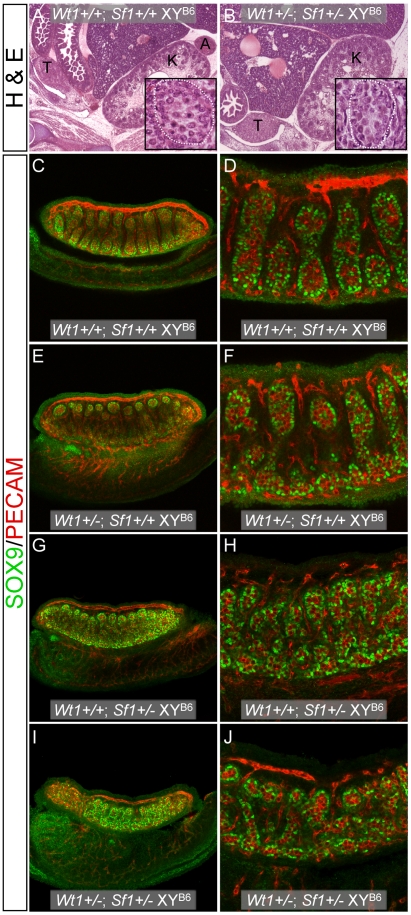Figure 3. Histological and WIHC analysis of Wt1+/−; Sf1+/− B6 XYB6 fetuses.
(A and B, 10× magnification) Hematoxylin and eosin staining of E14.5–15.5 fetal sagittal sections showed the absence of adrenal glands in Wt1+/−; Sf1+/− B6 XYB6 and XX (data not shown) fetuses. The inset panels in A and B are a magnified view showing that normal testicular cords were present in both Wt1+/+; Sf1+/+ and Wt1+/−; Sf1+/− B6 XYB6 fetuses (white dotted line outlines a section of a single cord). (C–J) WIHC analysis of E13.5 B6 XYB6 gonad/mesonephros complexes stained with SOX9 (Sertoli cells, green) and PECAM (germ cells and vascular endothelial cells, red). Panels C, E, G and I show 10× images taken with 0.7× zoom. Panels D, F, H, and J show 20× images. The gonads in all wild-type and single heterozygous E13.5 B6 XYB6 gonads were classified as testes, but testis cords in Wt1+/−; Sf1+/+ (E and F) and Wt1+/+; Sf1+/− (G and H), B6 XYB6 gonads were less developed and more disorganized than cords in Wt1+/+; Sf1+/+ (C and D) B6 XYB6 gonads. B6 Wt1+/−; Sf1+/+ gonads, however, were more similar to wild-type gonads than were Wt1+/+; Sf1+/− gonads. Testis differentiation was most affected in Wt1+/−; Sf1+/− B6 XYB6 gonads and these were classified as ovotestes: Sertoli cells in the anterior and posterior poles often expressed SOX9 but were not organized into cords (I and J).

